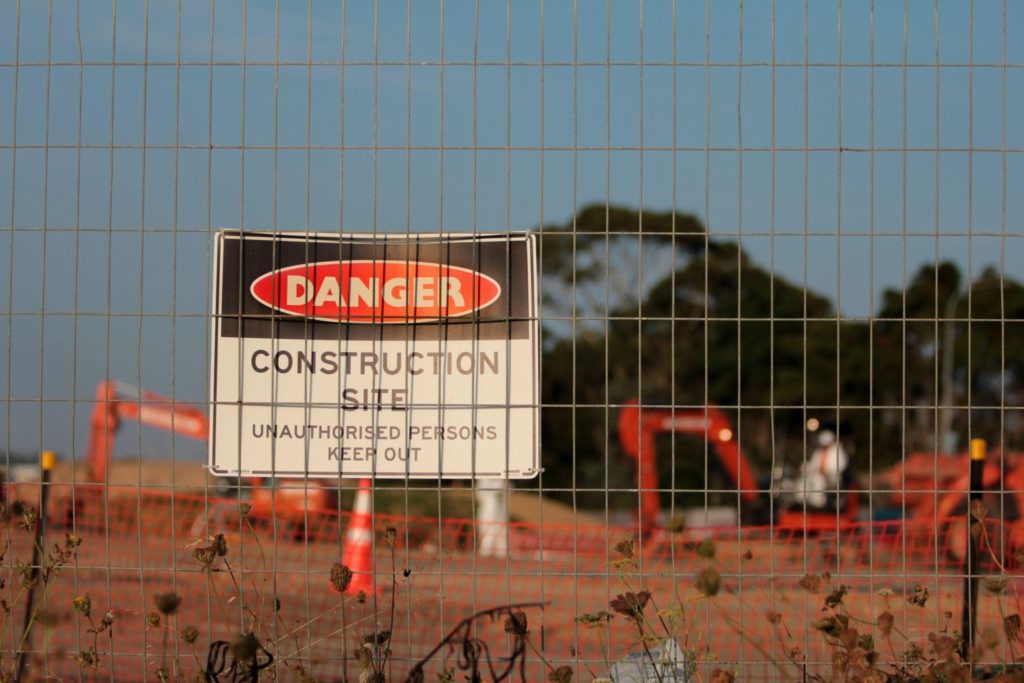
An Occupational Health and Safety (OHS) policy is another term for a Workplace Health and Safety Policy. Workplace incidents causing injuries or illnesses are an undeniable reality. Federal and local laws in many states direct employers to ensure a safe and healthy work environment for their employees. However, the pivotal step involves drafting a workplace safety policy and educating employees. This article will highlight the importance of creating a robust occupational health policy and how to develop the correct strategy for occupational health and safety policy.
Why Workplace Safety and Health Policy Matters?
No matter its scale, a workplace mishap can trigger numerous costly repercussions. The injured workers might encounter immediate or prolonged challenges. At the same time, the company could bear expenses ranging from minor workers’ compensation payouts to substantial penalties from the Occupational Safety and Health Administration or sizable settlements in legal proceedings.
Furthermore, reducing on-the-job injuries curtails worker compensation expenses and diminishes overall costs. These savings can outweigh the investment in establishing comprehensive policies and procedures. Failure to comply with safety standards may result in severe penalties, increased lawsuit liabilities, and potential inclusion in the National Council for Occupational Safety and Health “Dirty Dozen” list—a list no organization concerned about employee well-being and public perception would desire to be a part of.
Therefore, numerous states enforce their occupational health and safety policy, emphasizing an employer’s responsibility for employee well-being. These guidelines must effectively educate employees on safe job practices and equip them to handle any arising situations securely.
How to Develop An Advantageous Workplace Safety Policy
We need to embrace specific steps throughout this process to craft an ideal workplace safety policy tailored to your requirements effectively.
Step 1
A crucial initial stride in establishing an occupational health and safety policy involves securing a commitment from all employees toward prioritizing workplace safety. In pursuit of this objective, your company ought to devise and circulate an official statement delineating the company’s stance on workplace safety. This written declaration solidifies safety as an integral aspect of the company’s mission, values, and culture, serving as a guiding principle for the daily conduct of all employees. Your policy statement should encompass the company’s overarching beliefs concerning safety and tangible objectives, leaving no doubt that safety is a paramount concern within the organization.
Step 2
Ensure the active participation of employees in this endeavor, granting them a vested interest in its success, thereby establishing a collective acknowledgment that health and safety are shared responsibilities. This approach involves holding individuals accountable. Designate select employees to perform routine safety inspections and inform the workforce about safety inspections, injury records, and pertinent safety concerns. Encourage input from employees who often possess deeper insights into safety issues than their managers. Imbue accountability among employees by integrating safety responsibilities into their performance evaluations, defining explicit safety objectives, addressing infractions through disciplinary actions, and implementing a hazard and injury reporting system.
Step 3
Implementing appropriate safety measures and thoroughly documenting all safety protocols can facilitate the attainment of third-party certifications. These certifications serve as endorsements for your operations and yield indirect benefits such as reduced insurance expenses, enhanced corporate standing, and fostering added goodwill among customers.
Step 4
Begin by assessing your operations to identify potential hazards that could lead to injuries. Initiate this process by thoroughly examining records of accidents, injuries, illnesses, and near-miss incidents. While doing so, identify recurring patterns or common elements, encompassing types of injuries or illnesses, affected body parts, accident timings, specific locations, equipment usage, protective gear, and departmental involvement. Additionally, gather input from your employees to ensure comprehensive data collection. Observe your employees during their tasks to identify potential safety risks and consider sampling air and noise levels to detect harmful toxins or excessively high noise volumes.
Conclusion
To wrap up, each business possesses its unique characteristics, thus demanding a customized safety plan tailored to its specific needs. An occupational health and safety policy proves effective only when it comprehensively addresses the most pertinent concerns within your business. Before drafting your plan, conduct a risk evaluation to identify prevalent trends or common elements. Based on this assessment, integrate distinct policies tailored for high-risk scenarios. For instance, consider incorporating specific guidelines to prevent falls if your workforce operates on construction sites. Additionally, contemplate providing a general safety orientation for all new hires and employees transitioning to new roles within your organization.

